
Vueron Newsletter
No. 3
2023.04.11
| Seoul Robotics enters distribution agreement in south-east US | ||
1. GM’s Cruise recalls 300 self-driving vehicles to update software after bus crash
-
-
General Motors’ robotaxi unit Cruise is recalling the automated driving software in 300 vehicles after one of its driverless vehicles crashed into a San Francisco bus on March 23, 2023.
-
The collision was caused by a software error in a Cruise automated vehicle (AV) that inaccurately predicted the movement of the bus.
-
Cruise has updated the software to address the issue, and the company does not expect the incident to recur.
-
This is the second time Cruise has recalled and updated software in its self-driving vehicles after a crash.
-
NHTSA had previously identified concerns with the system, including incorrectly predicting the path of oncoming vehicles and incidents of inappropriately hard braking or becoming immobilized.
-
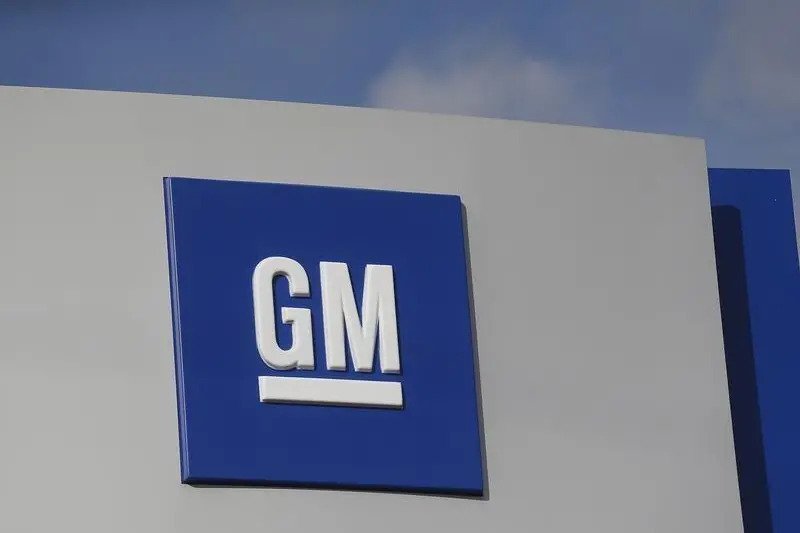
This incident highlights the potential risks of autonomous driving technology, and the need for continued rigorous testing and safety measures. While self-driving cars offer many potential benefits, including reduced traffic congestion and fewer accidents caused by human error, it is important to ensure that these vehicles are safe and reliable before widespread adoption. Companies like Cruise must prioritize safety and transparency to build public trust in their technology.
2. Seoul Robotics enters distribution agreement in south-east US
-
- Seoul Robotics has partnered with transportation technology distributor Temple to provide Lidar-based traffic and ITS solutions to public sector departments in eight southeastern US states.
- The agreement marks Seoul Robotics’ first partnership with a transportation technology distributor in the US and aims to provide accurate solutions to enhance visibility and understanding of vulnerable road users, improving infrastructure, mobility, safety, and efficiency.
- Seoul Robotics’ SENSR solution uses deep learning AI with dynamic weather-filtering capabilities to detect, track, and classify hundreds of street-level objects simultaneously within a 4cm accuracy day or night, regardless of weather conditions.
- Temple’s president sees this partnership as an opportunity to offer 3D technology solutions at the forefront of innovation to enhance operational safety and efficiency of smart infrastructure systems for smart cities.
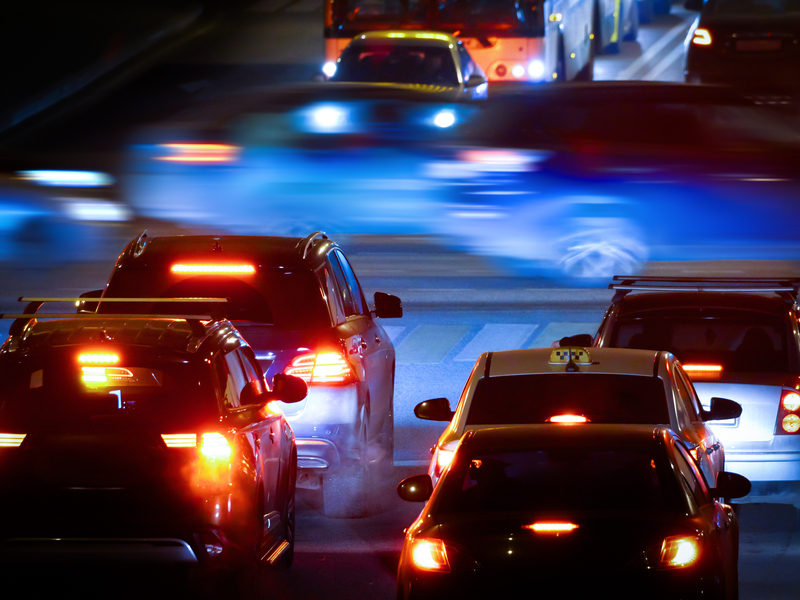
This partnership between Seoul Robotics and Temple highlights the importance of accurate and reliable technology solutions to enhance operational safety and efficiency of smart infrastructure systems for smart cities. The use of Lidar-based traffic and ITS solutions with deep learning AI and dynamic weather-filtering capabilities will enable cities to track and classify street-level objects with much greater accuracy than existing 2D, thermal or AI colour camera-based systems. As cities become more reliant on these technologies, it is crucial that companies prioritize accuracy and reliability to ensure that they can be trusted to keep citizens safe and improve overall mobility.
3. Kodiak Unveils New Autonomous Truck Platform
-
- Kodiak Robotics unveiled its fifth-generation autonomous truck hardware platform with improved sensor redundancy and processing power.
- The design relocates more sensors onto pods located on the side-mounted mirrors to improve perception capability and provide redundancy and visibility on either side of the truck, similar to what a human driver would see.
- The relocation is also intended to improve maintenance and repair, as technicians won’t have to climb up onto the cab, which is difficult and requires specialized equipment.
- Kodiak aims to simplify the build process while improving system maintainability and move closer towards driverless deployment.
- CEO Don Burnette said the new platform adds more visibility, more power, and more flexibility, making it easier for customers and OEMs who are not sensor experts.
- The new design is expected to enhance operational safety and efficiency, as well as improve the overall driving experience.
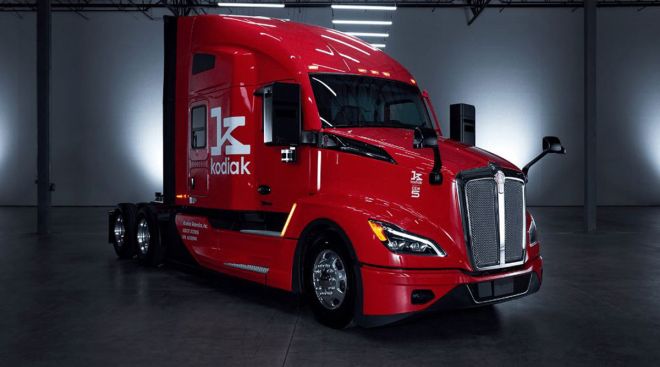
Kodiak Robotics’ fifth-generation autonomous truck hardware platform seems to be a step forward in the right direction. The redesign aims to enhance the perception capability of the platform, making it more akin to what a human driver would see, and improving maintenance and repair, which will likely increase operational safety and efficiency. With more sensors, processing power, and flexibility, the platform seems poised to move closer towards driverless deployment, as CEO Don Burnette stated.
4. Central State gets share of $15M fund to investigate self-driving car safety
-
- Central State University is one of eight higher institutions to receive a share of $15 million in federal funds for research on self-driving cars from the U.S. Department of Transportation’s Center for Connected and Automated Transportation.
- The funds were given to partners in the Region V University Transportation Center, which is led by the University of Michigan and includes Central State as an equal partner.
- The CCAT advances research on the safety, mobility, and sustainability of connected vehicles, connected infrastructure, and autonomous vehicles.
- Central State’s research focuses on mitigating ground-level pollution from on-road vehicle emissions in congested highways by developing a web-based air quality mobile app deployed onboard CAVs.
- The university will also investigate the vulnerability of CAVs to cyber threats and how to address the inclusion of low-income and minorities in CAV research and access to technology.
- Central State will investigate how to create sustainable CAV systems using renewable energy sources to minimize carbon and environmental footprints.
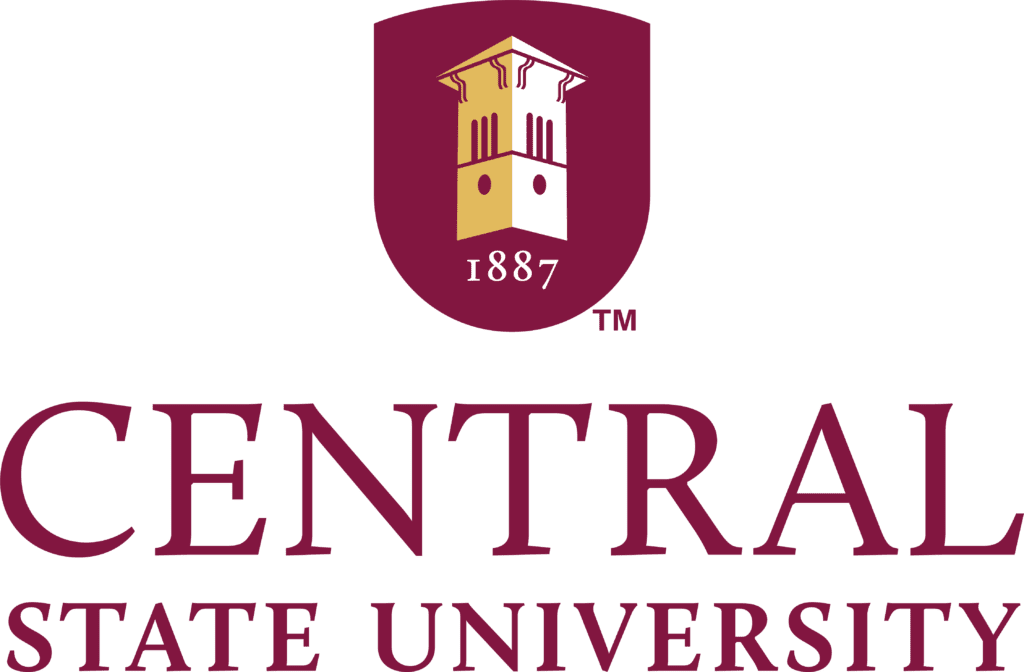
It is impressive to see that Central State University is taking part in a federal-funded research project to make self-driving cars more safe, sustainable, and accessible to low-income and minorities. Their research on mitigating ground-level pollution from on-road vehicle emissions in congested highways is particularly noteworthy. The development of a web-based air quality mobile app deployed onboard CAVs to collect pollution, alert passengers of any adverse air quality, and allow them to search alternative routes is a practical and innovative solution.
5. Ouster to Consolidate Shares with 1-for-10 Reverse Stock Split
-
- Ouster, Inc.’s board of directors has approved a 1-for-10 reverse stock split of its common stock, expected to become effective on April 20, 2023, and will start trading on a split-adjusted basis on the New York Stock Exchange on April 21, 2023.
- The reverse split will affect all issued and outstanding shares of Common Stock, where every ten shares of Common Stock issued and outstanding as of the effective date will be automatically combined into one share of Common Stock.
- No fractional shares will be issued, and any fractional shares resulting from the reverse stock split will be rounded up to the nearest whole share of common stock.
- The terms of outstanding warrants and equity-based awards will be proportionately adjusted following effectiveness.
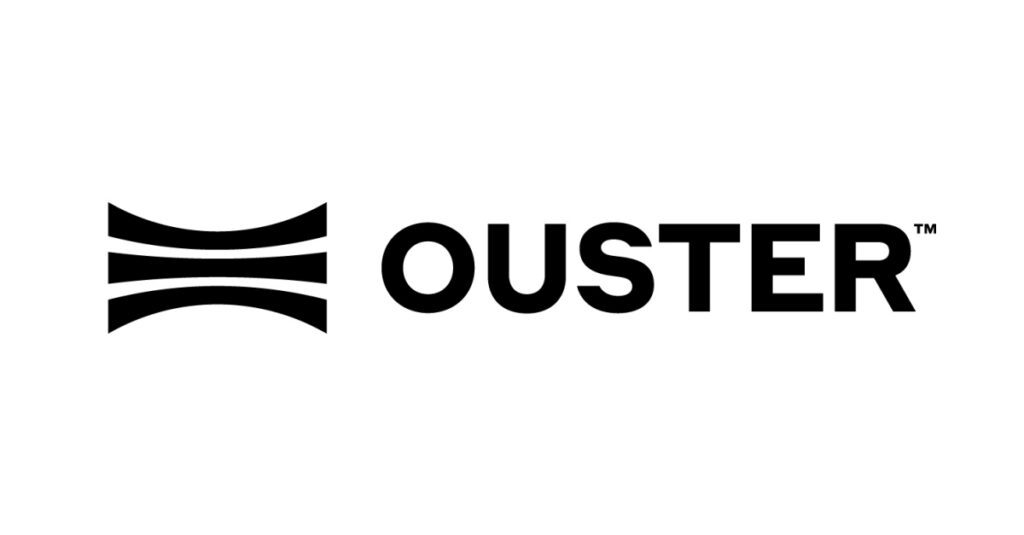
A reverse stock split typically indicates that a company wants to boost its share price by reducing the number of shares outstanding. It could be a sign that a company wants to attract institutional investors, for example. Conversely, some investors may view reverse stock splits as a negative signal, as it could suggest that the company is struggling or wants to mask poor performance.
*Contents above are the opinion of ChatGPT, not an individual nor company

